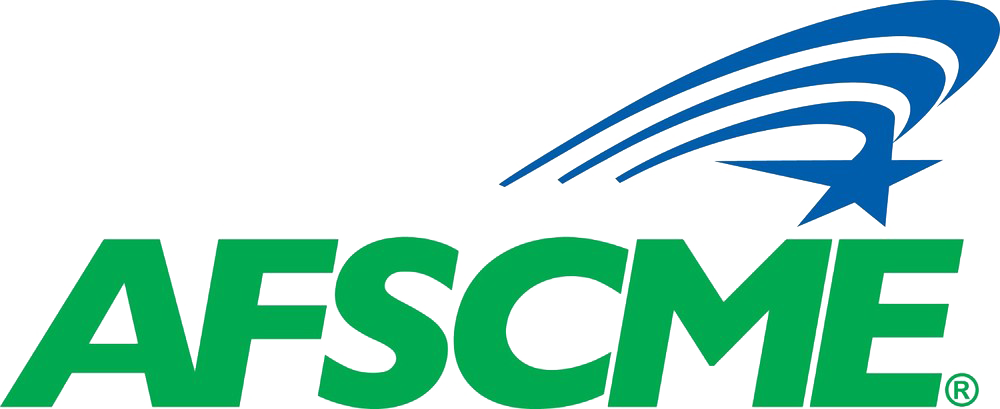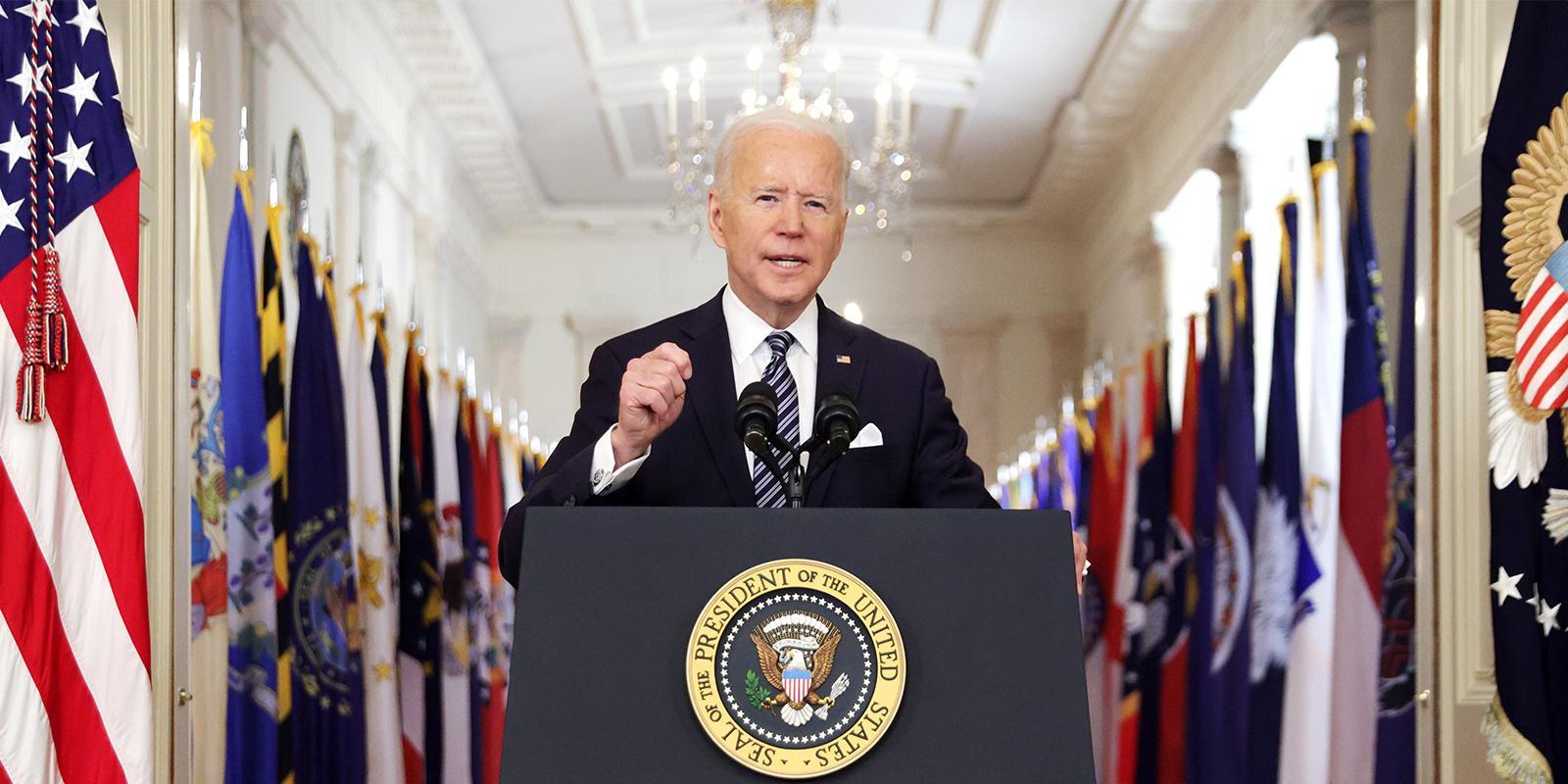As the world marked the anniversary of the official start of the coronavirus pandemic Thursday, President Biden signed the American Rescue Plan into law and offered words of hope to a weary nation.
“Finding light in the darkness is a very American thing to do,” he said. “In fact, it may be the most American thing we do, and that’s what we’ve done. We’ve seen front-line and essential workers risking their lives – sometimes losing them – to save and help others. Researchers and scientists racing for a vaccine. And so many of you, as Hemingway wrote, ‘being strong in all the broken places.’”
The president addressed the nation a few hours after signing the landmark legislation, which provides urgently needed relief to working families across the country and funds the front lines. It contains nearly $700 billion to support public services across our country, including $360 billion in flexible aid to states, cities, towns and schools.
Since the start of the pandemic, AFSCME members and front-line public service workers nationwide have risked their lives to keep our communities safe. They have worked around the clock, often understaffed and underfunded, to provide the essential public services we all rely on.
So many of them have faced layoffs and furloughs, as the economy shed 1.4 million public sector jobs since February 2020. Despite lacking proper personal protective equipment, they persevered to beat back the virus and, in doing so, quite literally saved our nation.
And as union members, they raised their collective voice to demand their employers keep them safe on the job. They raised their collective voice against cuts to public services and in favor of federal aid that would revitalize their communities and breathe new life into the economy. And when the previous Senate and the Trump administration failed to meet the moment, AFSCME members organized to vote them out of office and elect leaders who stand with working families.
In short, AFSCME members helped win passage of this $1.9 trillion relief bill. That’s the union difference.
AFSCME President Lee Saunders hailed the signing of the relief bill as “a historic victory for public service workers and working families across the country,” and called it “a bold and comprehensive expression of our values.”
“When the previous administration and Senate majority tried to walk away from this crisis, public service workers turned up the heat, combining their devotion to their jobs with the kind of grassroots political activism AFSCME is known for,” Saunders said in a statement.
“They organized and mobilized, holding politicians accountable,” he added. “They helped elect President Biden and flip the Senate, in particular through their voter engagement work during the Georgia runoffs. With their unrelenting sacrifice and bold advocacy, public service workers led the way in the successful fight to secure aid for struggling states, cities, counties and schools.”
Throughout the past year, AFSCME members:
- Generated more than 138,000 calls and letters to Congress and the White House;
- Partnered with more than 800 governors and other state and local officials to stress the need to fund the front lines;
- Worked with more than 400 allies in the business and nonprofit worlds to highlight unique needs in their communities;
- Launched television ad campaigns;
- Told their stories to the White House and Congress through 33 press events, all with an unmistakable message: fund the front lines.
Among many other things, the relief bill will deliver families a vital economic lifeline in the form of $1,400 checks, protect health care coverage for those who have lost their jobs, and invest in the public services we need to finally crush this virus and build back better.
“Public service workers deserve more than thanks; they deserve respect,” Saunders said. “That means a guaranteed seat at the table and recognizing that their collective voice leads to safer, healthier and stronger communities. It’s time that everyone treats them as the heroes that they are.”
What’s in the American Rescue Plan?
Click here to find out. To find out about the next steps, here’s information from the White House.

